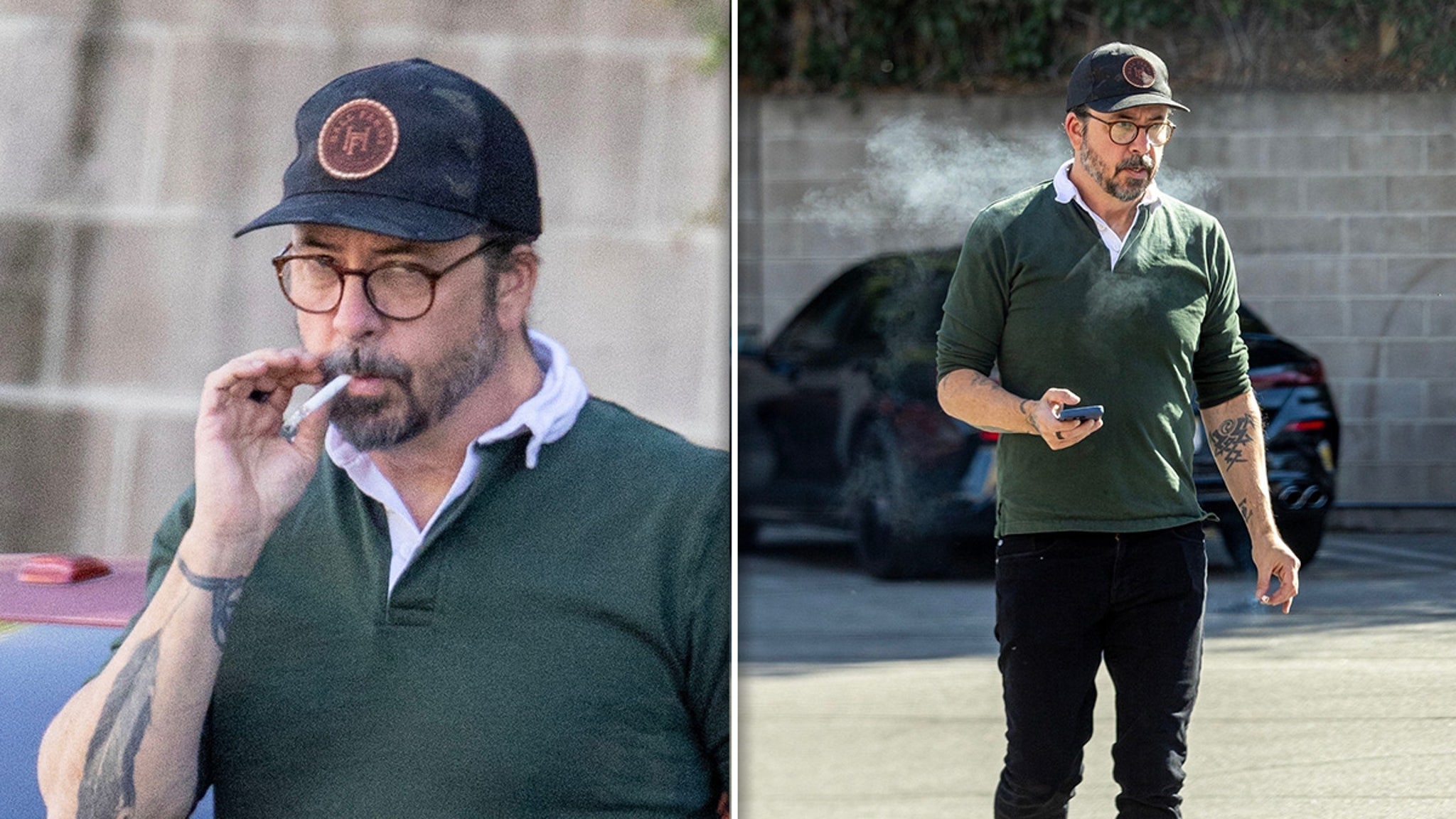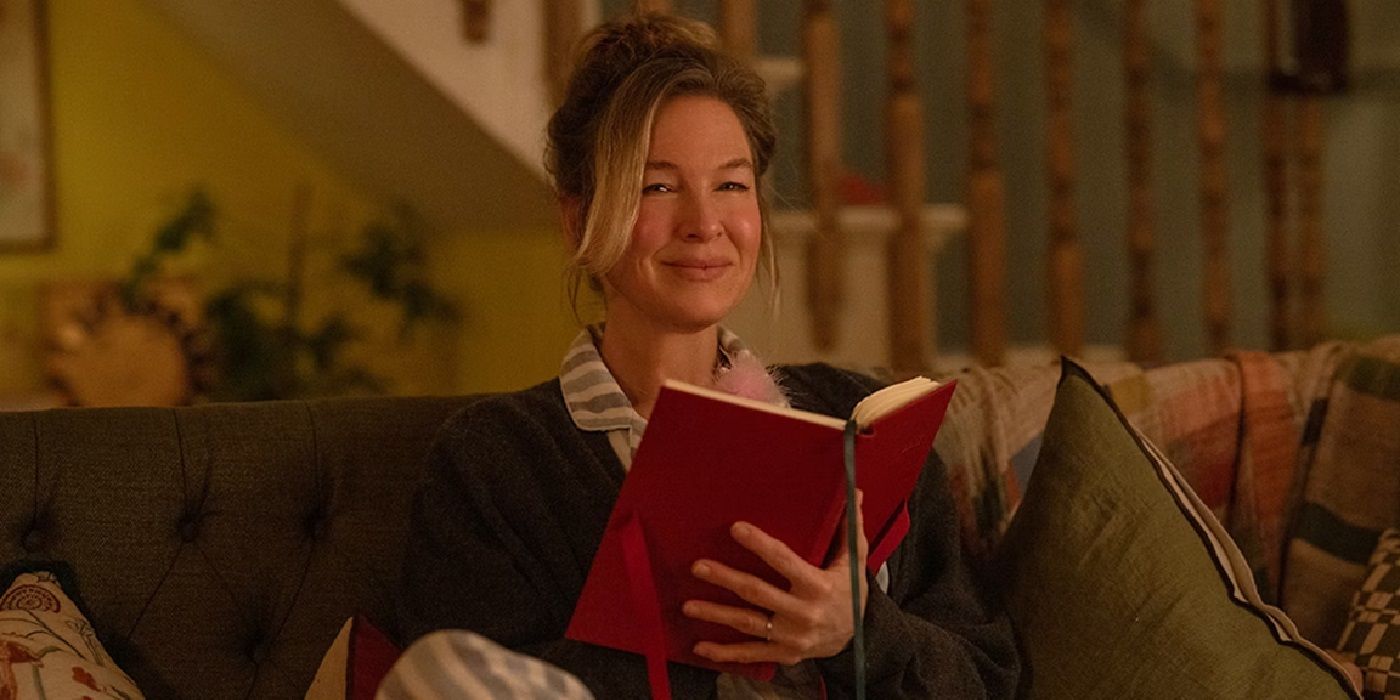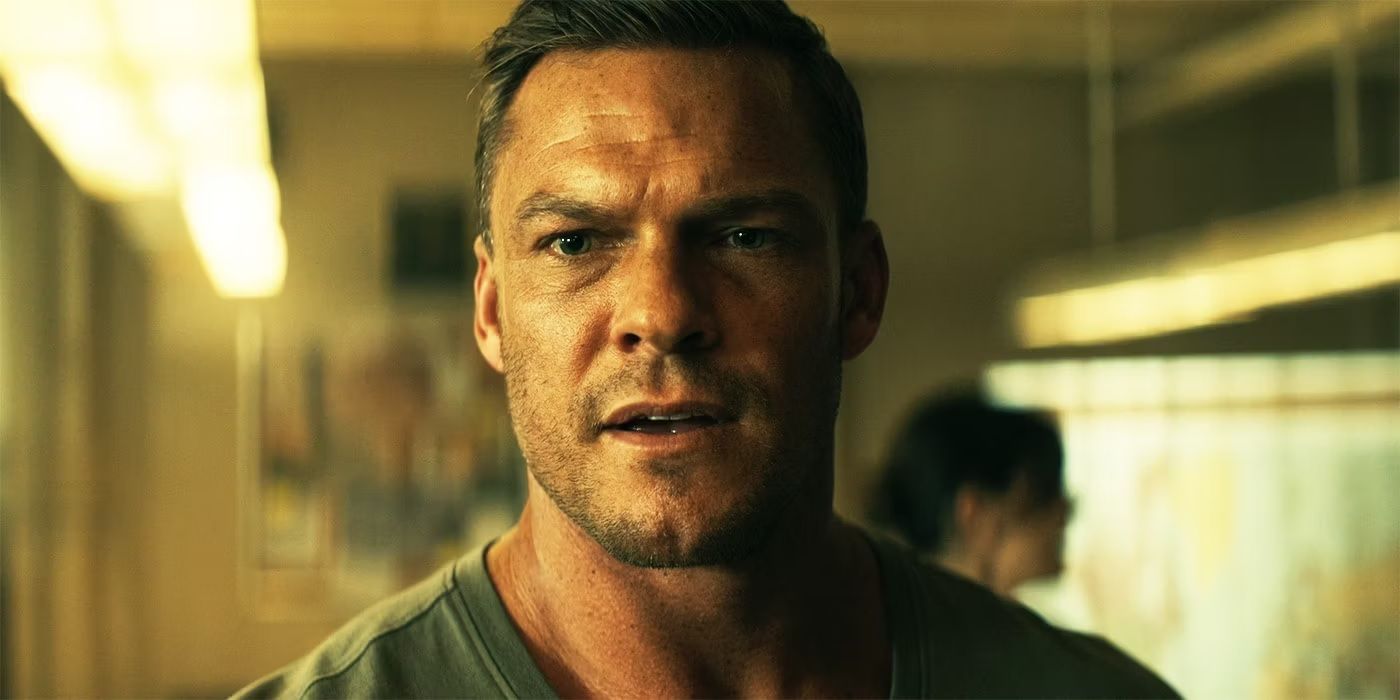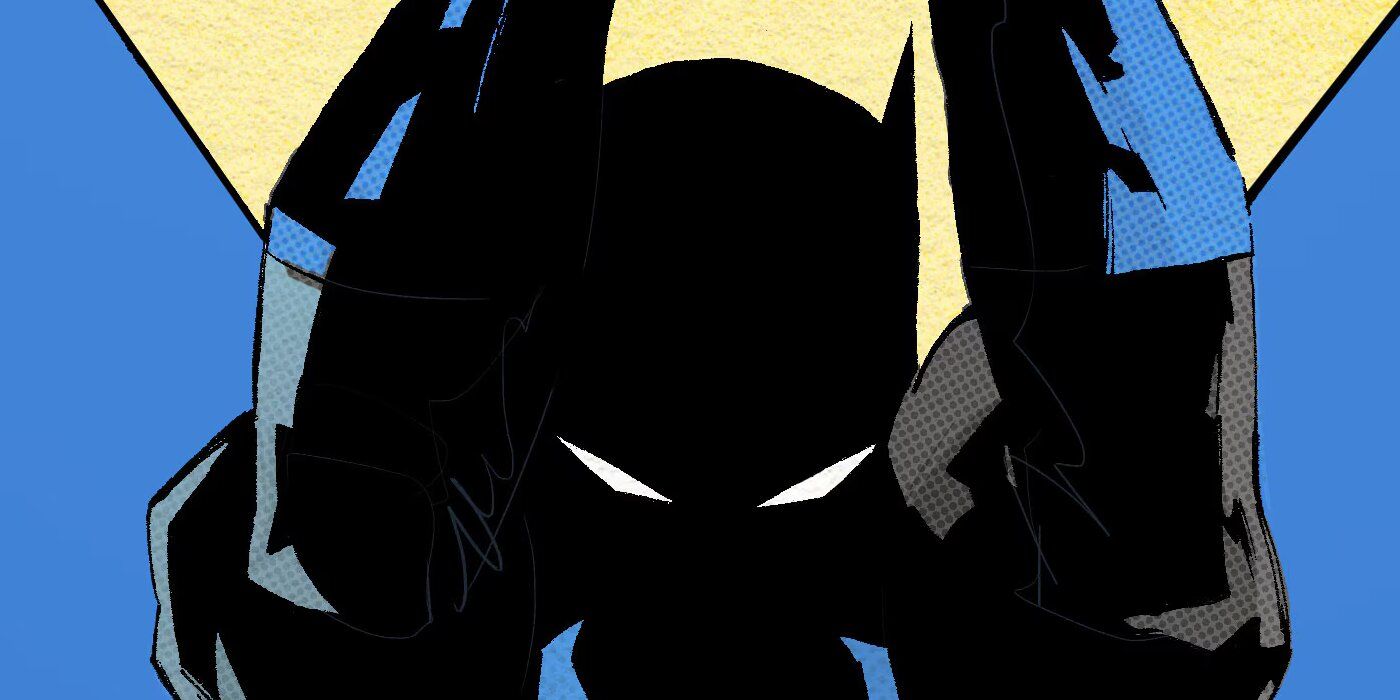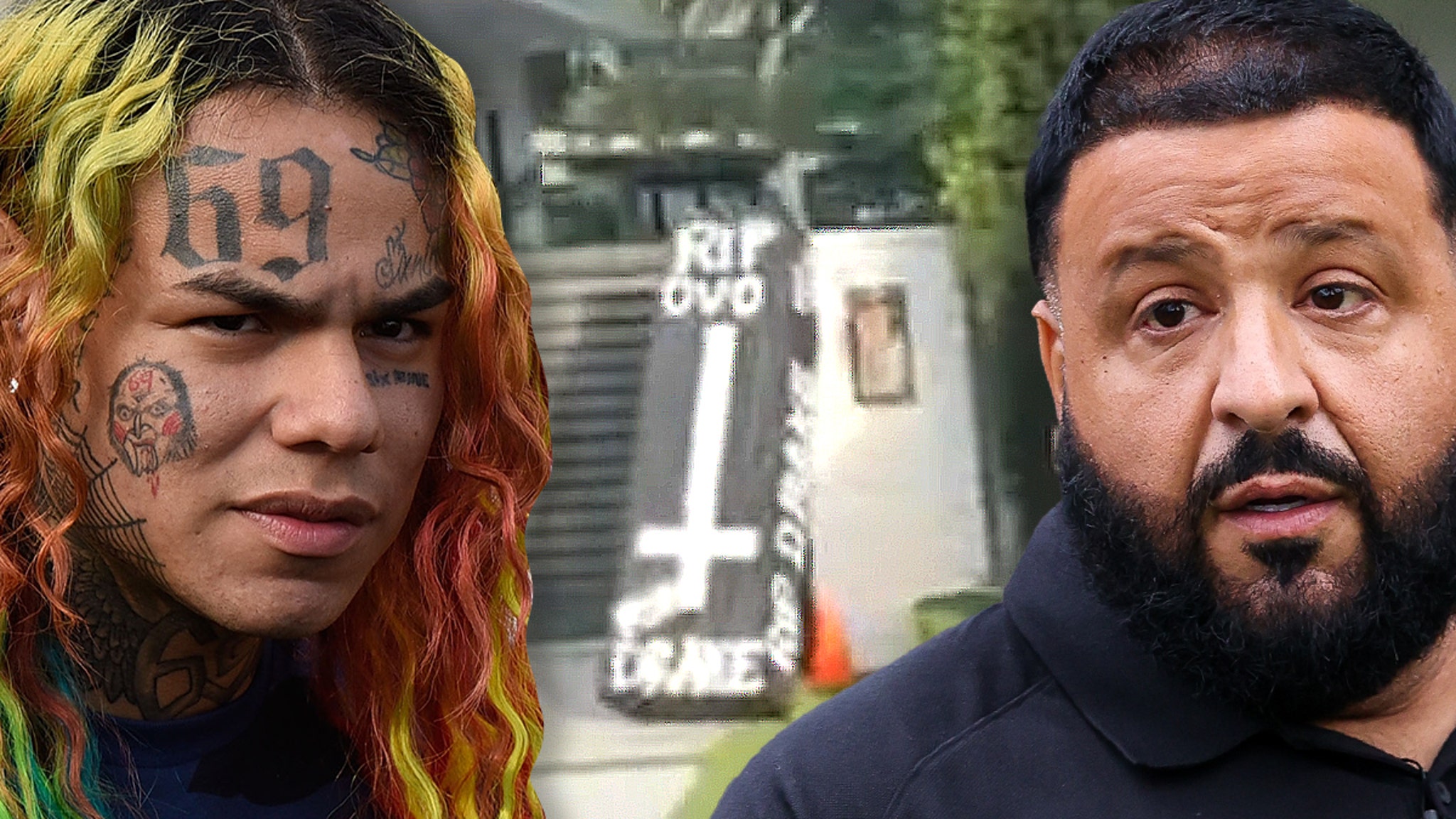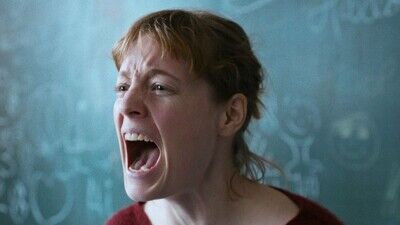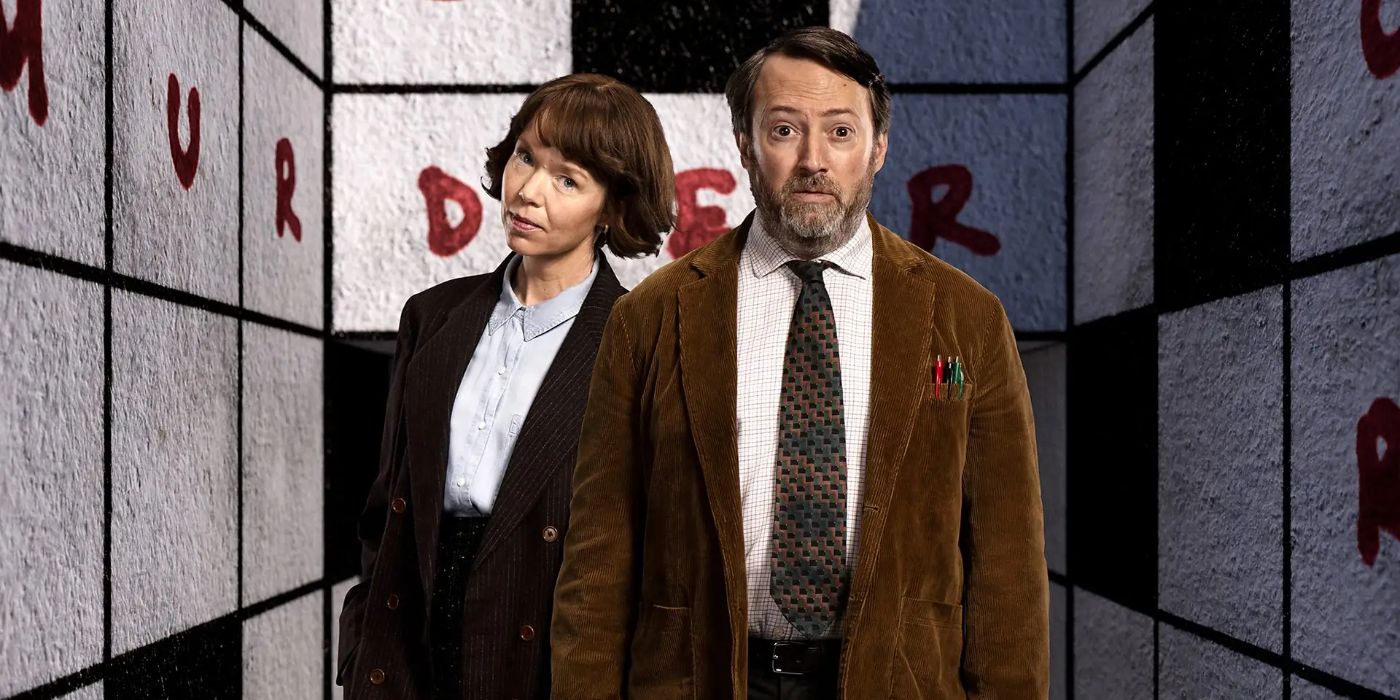Zohra Lampert’s Jessica in 1971’s “Let’s Scare Jessica to Death” smiles as she suffers horrors. Not because she’s particularly brave or placid — on the contrary, she’s terrified more often than not — but because she knows what will happen if she tells her husband Duncan (Barton Heyman) or their friend Woody (Kevin O’Connor) about what she sees. “They won’t believe you,” her mind’s voice tells her after she sees a figure reclining in a rocking chair on the porch of her new home that should be empty; it disappears within seconds. Her mind’s voice is right, we swiftly learn, and so Jessica smiles and acts normally. She remains silent and amenable, for a while.
Directed by John Hancock, the film follows Jessica in the aftermath of a stay in a psychiatric hospital. She and Duncan used to live in New York City, where Duncan had a successful career as a cellist in the philharmonic. When Jessica’s father died, she began seeing people who were not there. To have the best chance at a new life, Duncan decided to move his fragile wife to the countryside, investing his life’s savings in the farm. The film begins with the couple and Woody driving to the farmhouse, and when they stop at a cemetery so Jessica can gather a couple of grave rubbings, she sees the figure of a girl who disappears within the blink of an eye. “Don’t tell them; act normal,” her mind’s voice tells her, worried not only that she could be losing her sanity so soon but also that Duncan might be disappointed in her for relapsing. As the film goes on, she begins to witness more and more unsettling things in their new home.
For the most part, she stays silent in front of Duncan, but not for us. This film’s gift is that Hancock allows us to hear Jessica’s thoughts. When she finally does voice her concerns, tells Duncan that she has been seeing the strange girl roaming their farmland, even a dead man, he, as expected, does not believe her, thinks her to be falling ill again. But that’s not the case at all — what Jessica has been witnessing is an old evil at work in her new home, which nobody believes her about until it is too late. The film runs on this tension between witnesses and disbelievers, a tension that has become nearly ubiquitous in horrors.
We see it across films like “The Exorcist” (1973), “Poltergeist” (1982), “Paranormal Activity” (2007), “Insidious” (2010), “Silent House” (2011), “The Cellar” (2022), and many others. The heroine, having just witnessed the horrific, the supernatural, turns immediately to a spouse, boyfriend, her father — any man holding some kind of authoritative role, any semblance of power — for help. As she explains to him not only the awfulness she has just witnessed but also the need to quell it, he looks at her incredulously, eventually telling her she is crazy, sometimes shaking her so she can snap out of her hysteria and find her way back to cold, hard reason. It is exhausting watching this exchange, a strange patronizing play that casts the heroine as psychotic. Despite all of her attempts, she always ends up being right about the horror, and others’ disbelief is her tragedy.
It’s a compelling way to dramatize the battle between what film scholar Carol J. Clover calls White Science (reason) and Black Magic (the supernatural, folk beliefs), which is why it persists in film to this day. Women continue to scream and argue, begging to be believed, to no avail. Over the past couple of years, however, a trend has been emerging that is, for lack of a better word, post-battle. A handful of recent films offer us female protagonists who seem to sense the ineffectiveness of trying to argue with male disbelievers, and so bypass them and the labor of a battle entirely, persisting in their beliefs in silence instead. Films like “Lovely, Dark, and Deep,” “In Flames,” and even “Red Rooms” feature female protagonists who are preternaturally silent. They are confident in their beliefs, in the reality of what they are seeing, and that is enough for them. They seem to sense the uselessness of voicing or justifying their internalities to others because they have learned that they won’t be believed anyway, and so they remain silent.
Understanding the workings of a patriarchal society and how gendered the battle between Black Magic and White Science is, these heroines seem to grasp that if they voice their concerns or beliefs, they will not be taken seriously or might even be harmed, and so they remain silent in a defensive way. The silence in these films is uniquely feminine, for it stems from an understanding of patriarchy. Refusing to engage, the women in these films keep to themselves and choose to work alone to grapple with the mystery and horror surrounding them, or within them, in what is a little evolution and revolution unto itself.
Paranormal Activity
In Men, Women, and Chain Saws: Gender in the Modern Horror Film, Clover describes Black Magic and White Science as the two competing systems of explaining the goings on in a horror film. Black Magic is everything from “satanism, voodoo, spiritualism, and folk variants of Roman Catholicism,” Clover writes. It is replete with seances, ouija boards, and exorcisms, and its practitioners and proponents are always marginalized folks, “first and foremost women.” White Science, meanwhile, is as it sounds: rationality, science, and medicine, whose practitioners are invariably white men who advocate for tools like surgery, rules of law and science, therapy, or video cameras to explain or debunk what is going on.
Films centering a battle between Black Magic and White Science, Clover writes, inevitably deliver the lesson that “White Science has its limits, and that if it does not yield, in the extremity, to the wisdom of Black Magic, all is lost.” The plot of films that feature this battle revolves around “convincing the White Science person of the necessity and indeed the superiority of Black Magic.” In “Paranormal Activity,” Katie begs and pleads with her boyfriend Micah to take seriously her fears about the strange happenings in their home. She believes something evil is plaguing her and she wants to ignore it, not give it any attention. But Micah refuses to listen to her, instead choosing to employ all manner of technology to get concrete proof, scientific evidence, of the entity, which only makes matters worse.
All of Katie’s protestations, all the energy she spends in trying to get Micah to believe her, to trust her, to take her seriously, seems a waste in the face of Micah’s increasing determination to reach a scientific truth, or proof of the supernatural. “Films centering a battle between Black Magic and White Science, Clover writes, inevitably deliver the lesson that “White Science has its limits, and that if it does not yield, in the extremity, to the wisdom of Black Magic, all is lost.” The plot of films that feature this battle revolves around “convincing the White Science person of the necessity and indeed the superiority of Black Magic.”
Micah mocks the medium, the representative of Black Magic, that Katie calls when her haunting intensifies. Micah believes that he can solve the mystery of what is pursuing Katie on his own through his scientific instruments. He makes light of things because he does not really believe her; the hunt becomes a game for him. The whole film is effectively Katie pleading with Micah to believe her, and when he finally sees the reality of the supernatural being, it is too late, and all is doomed. Katie was right all along, but all her words could not protect them.
Micah’s belief comes only after Katie has experienced immense suffering. As the demonic invasion intensifies, her health and mental well-being deteriorate, and her body and mannerisms show signs of the demon’s increasing possession. It is only when she has been completely and direly possessed by the evil entity, when the haunting is at its worst, that Micah finally believes. Clover adds that the woman’s story in the typical occult or possession film — films notorious for featuring the battle between Black Magic and White Science — is a “body story.” As Katie is worn down, her body becomes evidence of the supernatural. The film, and in a sense Micah, have forced Katie’s body to “externalize its inner workings, to speak its secrets, to give a material account of itself — in short, to give literal and visible evidence.”
It’s an exhausting task, and in the case of films like “The Exorcist,” the body is almost destroyed as it teeters on the edge of death in the battle for belief in Black Magic. Katie is lost at the end of “Paranormal Activity,” fully possessed by the demon. By the end of “Let’s Scare Jessica to Death,” Duncan, who personifies Jessica’s fear of being reinstitutionalized, who personifies White Science, dies because he does not believe, and Jessica, who has increasingly been losing her mind and becoming more and more paranoid, doesn’t anymore know the difference between madness and sanity.
Lovely, Dark, and Deep
In the face of such a battle, which wrecks a woman’s body, nearly annihilating her, it makes sense that Ranger Lennon (Georgina Campbell) in “Lovely, Dark, and Deep” would want to remain silent, would want to refuse to speak her secrets. The film, directed by Teresa Sutherland, follows Lennon, a newly appointed back-country ranger, as she moves deeper and deeper into the mysterious and dangerous Arvores National Park. Lennon’s sister disappeared in the park twenty years earlier, leaving behind only her shoes. The mystery and trauma of her sister’s disappearance launched Lennon on a solitary and obsessive investigative path, upon which she discovered that many people go missing in the National Park every year, never to be seen again. Her obsession earns her a reputation among the other rangers, but this doesn’t bother Lennon, who keeps to herself and minds her own business as she works to unravel the Arvores’ mystery.
“I’m not crazy,” Lennon says to her superior, Ranger Jackson (Nick Blood), one night. He has just asked her to tell him about herself and why she chose to become a ranger. Lennon knows that Jackson has heard all about her. In the film’s first few moments, Lennon overhears two other rangers talking about her, one asks the other if she has heard the rumors about Lennon, and she says she has — Lennon is weird, a bit off, the rumors say. Because Jackson believes that rumors never fully represent a person, he asks her to tell him her story in her own words. All she tells him is that she is not crazy. Campbell’s Lennon here is calm, not offended so much as simply disinterested in telling the man anything about herself, or her beliefs that something sinister is going on in the forest.
Lennon maintains such a non-nonplussed silence throughout the film, saying very few words, and seems to genuinely not care to confide in anyone, doesn’t have the need. As she moves further around and through the forest, she marks the land she has covered on her map and stares at it at night, silently, thinking. Not even we, as the audience, are allowed into her mind in the way we are with Jessica. She knows that she is not crazy, and that is enough for Lennon. She works alone to untangle the mystery of the natural world around her, not once asking for help because she knows she will not get it. Because she knows that she will have to defend her sanity again and again if she voices her suspicions. And it would be a waste of time to defend her sanity, time that would be better spent on her own searching the forest for the meaning behind her sister’s disappearance. And so Lennon remains silent.
In Flames
In Zarrar Kahn’s “In Flames,” Mariam (Ramesha Nawal), too, seems to know that talking would be a waste of breath. Mariam undergoes a horrifying accident one night that results in the death of her date. Stunned, she gets home and stands under the shower’s spray, trembling in pain as blood washes out of her hair in dark rivulets. When she sits at her mother’s table the next morning, she is still silent, and her movement is stiff and measured — she is no doubt in immense pain. But she doesn’t tell anybody about what happened to her. She was never supposed to have gone out on a date; she was never supposed to be dating at all. She spends the rest of the film being haunted by her date’s ghost — not so much an ethereal being as an embodied zombie — and indeed the specters and figures of other violent men, her late father prime among them.
In Mariam, we see an understanding of patriarchy, the violence of its disbelief of women. In the film’s opening moments, Mariam is assaulted by a man simply for existing — she is sitting in her car going to the library, listening to music when a man throws a brick through her window and begins angrily grabbing for her. When she drives away in a panic, he calls her a whore. When she reports this attack, nothing is made of it; she never hears back from the police. Mariam apprehends that anything she voices — the truth about what happened the night of the accident, that she was on a date, or her fear that ghosts of men are haunting her — will either be misinterpreted by those around her or swept under the rug.
If anything, Mariam will be punished for everything that happens to her, or her freedoms (her access to a car and her ability to go to the library on her own) will be rescinded by her mother. Mariam’s mother, Fariha (Bakhtawar Mazhar), though a strong woman, has nonetheless internalized her culture’s patriarchal beliefs against women. The film, which takes place in Karachi, Pakistan, subtly depicts a society that demands modesty and subjugation of women but also attacks them for following its edicts, for simply being women. The culture leaves women isolated and frightened of speaking out about any injustices they experience, a fear that it then exploits — knowing they might not speak out, men feel further emboldened to hurt women.
Mariam, bound by a fear of losing her freedom and weighted by the knowledge that she will not be believed for anything she voices, hews to a catatonic silence in “In Flames.” This film’s gift is that it shows her that while men are not worthwhile when it comes to engagement, other women, especially her mother, are, for they, more than anyone else, understand her pain. “In Flames” is, first and foremost, a story of mothers and daughters, and Mariam’s trial is more than anything one of figuring out that her mother is safe or worth engaging. But she remains silent until Mariam reaches this glimmering, salutary nugget of truth. Because she understands the workings of her patriarchal society, the ineffectiveness of the systems of justice and those in power, of (not-so-)White Science, she chooses to save her breath.
Mariam knows that despite the scratches on her face that the brick attack left, despite the ache in her body and the blood in her hair that the tragic end to her sweet date left her with, despite the wracking fear she feels at the ghosts encroaching upon her space, she will not be believed, will not be seen in her innocence if she goes to the authorities or her mother for help, she could be vilified, she could be seen, and indeed is, as sick. And so she chooses against externalizing her inner workings. She chooses silence.
Pascal Plante’s “Red Rooms” is least like any of the films so far discussed. It is not a supernatural horror, and there is no obvious intimation of an impending battle between Black Magic and White Science. On the face of it, the film is a psychological thriller; it could even be a procedural drama. But take a closer look, and you’ll find ideas around insanity, women’s insanity, looming within the pixelated shadows. Take a closer, steady look, and you will find a subtle battle between the judicial proceedings of White Science and an inexplicable, irrational miasma of silent madness.
The film, which to me is an existential horror more than anything, follows Kelly-Anne (Juliette Gariépy) in her obsession with a high-profile murder trial. Kelly-Anne is a fashion model who mainly supports herself through online gambling; she is also great with technology and knows her way around the dark web. A man named Ludovic Chevalier (Maxwell McCabe-Lokos) is the prime suspect in the gruesome murders of three teenage girls, which the murderer broadcast live in “Red Rooms” on the dark web. Much of the public believes Chevalier to be guilty, but he has managed to grow a crop of groupies, women who have fallen for him and staunchly believe in his innocence. Clementine (Laurie Babin) is one of Chevalier’s groupies, standing up for his innocence when very few will. She makes friends with Kelly-Anne, who Clementine believes to be a groupie like herself. But Kelly-Anne is nothing like Clementine.
Nobody but the prosecutors and defense lawyers have seen the videos depicting the girls’ murders. When Clementine learns that Kelly-Anne has seen the videos through her own sleuthing, she persuades her to share them with her. The main reason that Chevalier’s guilt has been difficult to prove is that the two videos that prosecutors have scraped from the dark web show a man wearing a mask, with only his eyes showing; they could be anybody’s eyes, the defense says. The video depicting the murder of the third girl is still missing. But for women like Kelly-Anne and Clementine, obsessed as they are with Chevalier, it is easier to see in his mannerisms that the man in the videos is Chevalier. After watching the snuff videos, Clementine breaks down, disgusted with herself for loving such a man. When she asks Kelly-Anne why, if she has seen the videos from the start, she continues to watch the trial and why she continues to be obsessed with Chevalier, Kelly-Anne doesn’t say anything.
Indeed, Kelly-Anne doesn’t say much throughout the film. Though she does make small talk with Clementine, she doesn’t divulge personal details about herself; she doesn’t, for all intents and purposes, make herself legible. We don’t know much about Kelly-Anne’s motivations, her interior life, the topography of her psychic terrain. She attends Chevalier’s trial every day and sits in silence, staring as if willing him to look at her. She bears an uncanny resemblance to the youngest of his victims, 13-year-old Camille Beaulieu. Near the film’s end, she dons a blonde wig, blue eye contacts, the school uniform the young girl was murdered in, and even a set of braces, and sits before Chevalier in court in hopes that he might look at her and he does. Kelly-Anne smiles triumphantly as security personnel drag her out of the courtroom.
Kelly-Anne is a silent monster who hews to her vile monstrosity. Emotionless and cold, she spends the whole film easing into a madness that doesn’t make itself known until the film’s final beats when she sits atop Camille’s bed in her Camille costume and takes pictures of herself in the pose, Camille held in the final photograph snapped of her before her death.
A lot of “Red Rooms”’ poignancy lies in its being viewed. As the lens moves through the courtroom in the film’s first moments, it invites us to be spectators to the trial, and from there, we become spectators of Kelly-Anne. In a strange sense, we come to hold the position of White Science in the face of the horrifying enigma that is Kelly-Anne. Watching the film, I felt myself repulsed by her, especially at the climax, when she loses herself in ecstasy in the bidding war for Camille’s snuff video. I was left speechless, my heart pounding, when the credits began to roll, confounded by what I could only describe as evil, witnessed in Chevalier and, to a certain extent, in Kelly-Anne’s silence. I think a lot of this film’s heft is our expectations, frustrations, and fear, none of which are coddled by Kelly-Ann; she does not demystify herself.
It would be easy to slap the label of psychopath onto Kelly-Anne, and perhaps we should. But to be able to diagnose, we would need a lot more information from her; we would need her to speak, to wear her insides on her skin, in the way that Regan in “The Exorcist” does when she carves “Help me” into her belly from the inside. And a desire for a voice, a desire to diagnose, an effort to understand Kelly-Anne makes us White Science, for better or worse.
Kelly-Anne’s horror is that she apprehends her wrongness, which is evident in her concealment. She refuses to explain herself to Clementine, she hides the braces she orders online in her coat and carries them up to her apartment from her lobby. She wears Camille’s uniform because she knows it will shock. She knows the ridicule she will be up against if she speaks her mind because she sees the ridicule hurled against Clementine when she stands up for Chevalier’s innocence at the film’s beginning. And because she understands herself, she remains silent. But though she apprehends her wrongness, she is also confident in it. It’s a circular argument, maybe, but I am trying to express that Kelly-Anne refuses to make herself legible or understandable for those around her and us as viewers. She denies us our satisfaction for a straightforward understanding; she obfuscates justice and us, escaping any legal repercussions for what she’s done. And though she is the film’s anti-hero, her silence is still noteworthy.
Where in films like “The Exorcist,” “Paranormal Activity,” and “Let’s Scare Jessica to Death,” a woman’s voice and words seem to be wasted when expended, falling as they do on deaf ears; there is a new crop of horror heroines choosing a more productive path. Lennon, Mariam, and even Kelly-Anne choose, for better or for worse, to remain silent, to get things done on their own as if apprehending the frustrations of their sisters in other horrors. They seem to have already done the work that Jessica’s inner voice makes legible to us; they seem to have already said, “Don’t tell them, act normal,” to themselves before their respective films even begin. Because they know that the rigid patriarchal and rational systems won’t listen, they will misunderstand, or they will punish, slamming down the gavel of their White Science against them.
Neither Lennon, Mariam, nor Kelly-Anne care to persuade the representatives of White Science of their veracity. In choosing silence, these women choose not to smile through the pain, like Jessica has to. They choose to pursue their own investigations, meaning their films center them, and not the exhausting conflict with disbelieving men or systems. They, thereby, do not put their power up for negotiation. They choose to preserve their autonomy within their films, using a defensive silence as a bulwark against a battle that might institutionalize or disenfranchise them. In choosing silence, these women refuse to rely on or explain themselves to any man or patriarchal system, or even us; the story of their bodies does not become something to be viewed or read by anyone. In choosing silence, these women do something radical.
You can view the original article HERE.
